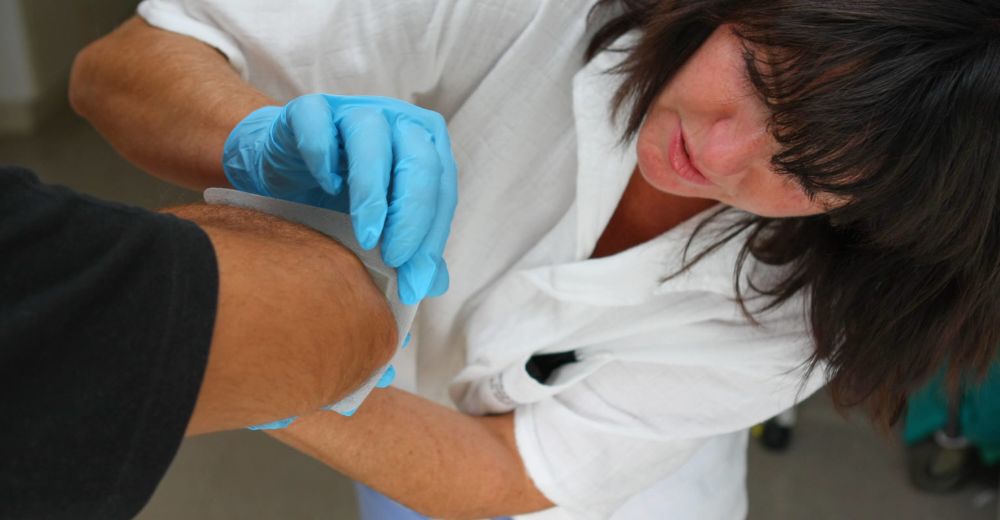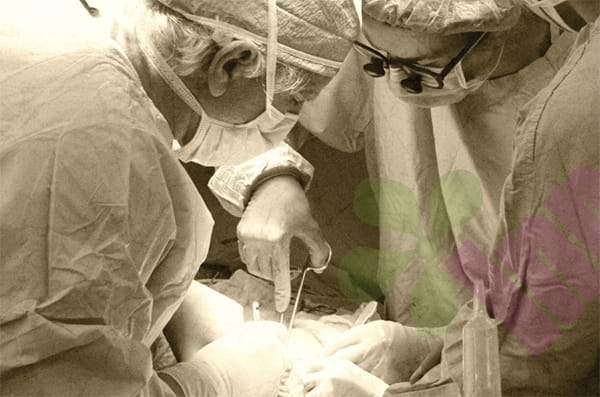In daily life, we often encounter various contaminated wounds, such as those caused by falls, scrapes, sand, or scratches from rusty objects. These wounds are contaminated with foreign matter or bacteria but have not yet shown obvious signs of infection. Proper treatment of these wounds is crucial to prevent infection and promote healing.

What is the difference between a contaminated wound and an infected wound?
A contaminated wound is one that has been contaminated by foreign matter or bacteria, but the bacteria have not yet multiplied to cause an infection. These wounds typically do not exhibit noticeable redness, swelling, fever, severe pain, or purulent discharge. Infected wounds, on the other hand, exhibit a range of inflammatory symptoms, including redness, swelling, and tenderness around the wound, with possible pus exudation and, in severe cases, fever and other systemic symptoms. Prompt and appropriate treatment of contaminated wounds can prevent them from developing into infected wounds.
How to properly clean a contaminated wound?
Cleaning is the first step in treating contaminated wounds. It is best to use normal saline to rinse the wound, which can effectively wash away contaminants without damaging tissues. If normal saline is not available, purified water or boiled and cooled tap water can be used instead. Ensure sufficient water volume and time when rinsing, and generally continue rinsing for 3-5 minutes. For small foreign objects that adhere firmly, you can gently pick them up with sterilized tweezers. Iodine tincture is another effective cleaning agent, suitable for disinfecting the skin around the wound, but be careful not to use too high a concentration. Usually, a concentration of 0.5% is sufficient. Be gentle during the cleaning process to avoid wiping hard and causing secondary damage.
How should contaminated wounds be bandaged?
The choice of topical ointment is very important. Bactroban ointment is a common option that can effectively prevent bacterial infection. Silver sulfadiazine cream is also a good choice, especially for wounds that may be contaminated with multiple bacteria. When applying the ointment, make sure to completely cover the wound with a thickness of about 2 mm. Then cover with sterile gauze, and bandage with moderate strength, both to fix the dressing and not too tight to affect blood circulation. New dressings such as hydrocolloid dressings and foam dressings are also becoming increasingly popular. They can keep the wound moderately moist, promote healing, and reduce the frequency of changes. No matter which dressing you choose, make sure it is clean and sterile and change it regularly.
How to determine whether a contaminated wound will develop into an infection?
Normally, the wound should gradually dry and form a scab, and the redness and swelling should not expand. However, the following symptoms may indicate infection: increased wound pain, especially throbbing pain; increased redness and swelling extending more than 2 cm beyond the wound edge; yellow or green purulent discharge; an unpleasant odor from the wound; increased temperature of the surrounding skin; and systemic symptoms such as fever and fatigue. These changes usually occur within 24-72 hours of injury. If these warning signs are observed, seek medical attention immediately, as oral or intravenous antibiotics may be necessary.
What details should we pay attention to in daily care?
When showering, use a transparent waterproof dressing to protect the wound from direct soaking. If the dressing becomes contaminated or soaked, change it immediately. Be careful not to touch the wound directly with your hands, and wash your hands thoroughly before changing the dressing. Wear loose, breathable cotton clothing to reduce friction on the wound. Ensure adequate protein and vitamin intake in your diet to promote tissue repair. Avoid smoking and alcohol, as these can affect wound healing. Moderate activity can improve blood circulation, but avoid strenuous exercise that may cause the wound to open.
Proper wound care requires meticulous attention, from initial thorough cleansing to appropriate bandaging in the middle stages and continued close observation. Remember not to use irritating liquids like alcohol or hydrogen peroxide directly on the wound, as these can damage new tissue. It's wise to always have basic wound care supplies at home, such as functional wound dressings, saline solution, sterile gauze, and antibiotic ointment. For larger, deeper wounds or those caused by visibly contaminated objects, professional medical attention is recommended, and a tetanus vaccine may be necessary. For more information on Innomed® Silicone Foam Dressing, refer to the previous article. If you have customized needs, you are welcome to contact us; you can do so wholeheartedly. At longterm medical, we transform this data by innovating and developing products that make life easier for those who need loving care.
Editor: kiki Jia

 English
English عربى
عربى Español
Español русский
русский 中文简体
中文简体








